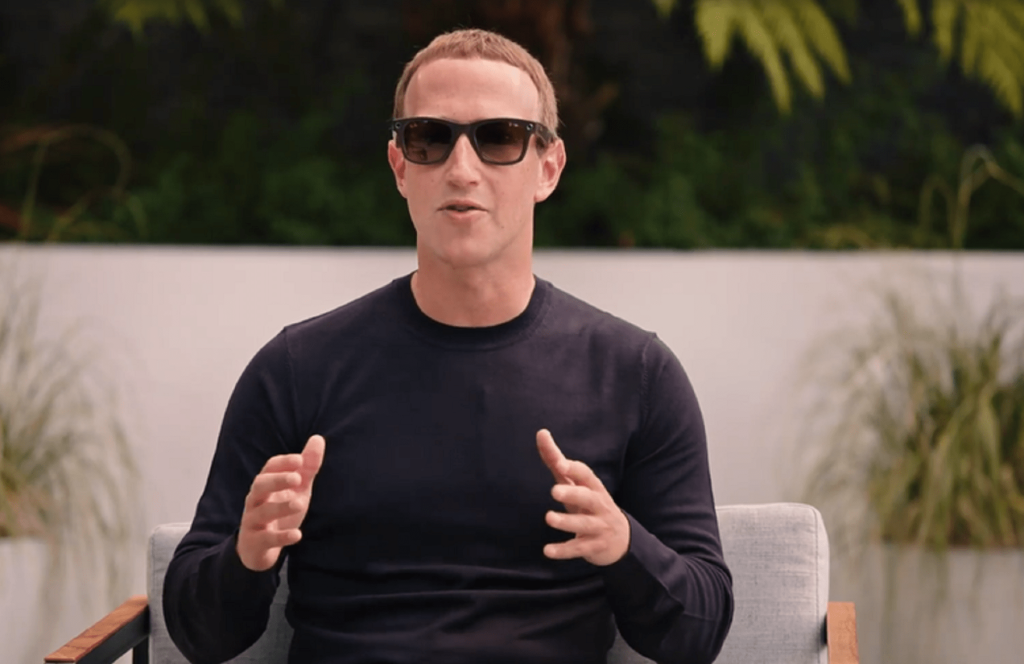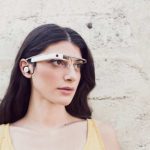
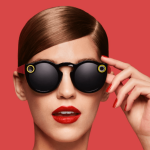
Technology companies have been transitioning for years device by device with the aim of offering new functionalitiesand, of course, also sell more. The smartphone has already found a well-established companion in the form of smart watches, their cousins, activity bracelets, smart speakers… But there, in the depths of this family with such a presumptuous surname, appear some distant relatives that until recently no one invited to the party. Yes, We talk about smart glasses in its different versions, from those that promise to record and have an audio connection, to those that want to transform our daily lives through augmented reality.
Some days ago Facebook finally presented your Ray-Ban Storiesa product in partnership with the well-known eyewear brand that will be available for $299 in a few limited markets for now, such as the United States, Canada, the United Kingdom and Italy.
Ray-Ban Stories are not a grandiloquent device for today’s technological level.. Anyone who wants to can record, broadcast live and make calls always supported by a smartphone that will act as a backup with a dedicated application. A product very far from what Facebook itself promises in its Oculus (although with them it is better not to go out on the street), from what it could do Apple with its glasses according to rumors that have been around for yearsor even the proposal that Xiaomi recently showed in prototype form, which could show us directions to a place using an integrated panel.
And yet, they are the strongest proposal from a major technology company for a gadget that seems to have been buried since Google will present its Glass in 2013, and they seem determined to turn it into the next smartwatch.
Why Facebook is so interested in the world of smart glasses


The Ray-Ban Stories have in their favor a much more standardized aesthetic than Google Glass or even the interpretations that are being made of what Apple (perhaps) could present at some point.
In fact, just two cameras integrated into the temples – already wide enough for the classic Wayfarer model – make us feel a certain stupor or discomfort when we see them, wondering if we are being recorded. But Zuckerberg has made it clear on several occasions that these glasses are only the spearhead of AR technology. which they have been testing with Oculus for years and which could lead to their most ambitious and seemingly distant project: the metaverse.
With the 2014 acquisition of virtual reality (VR) company Oculus, the virtual reality and augmented reality development wing of Facebook, Facebook Reality Labs has grown so much that it now reportedly employs 20% of Facebook’s workforce.
Facebook glasses have already raised questions from data protection agencies as soon as they were launched
Facebook sees augmented reality and virtual reality as a central component of its future, and predicts that this technology will have a similar impact to the mobile revolution, as Zuckerberg has said on several occasions. The metaverse, in this sense, would be everything that can be done virtually through AR and VR. At the moment, with applications that have begun to show their true colors in the working world, such as having work meetings with avatars of colleagues.
Added to this is the fact that the mobile phone, as a device, at some point seems natural that it should begin to shrink until it becomes non-existent (although the trend is towards larger screens). That could be where the already established commitment to smart watches, and who knows, perhaps glasses, could go. “I don’t think we want to go through life with a phone in our pocket. We do it because it creates a lot of value for us.”Zuckerberg told Fast Company.
Are you recording me with glasses?
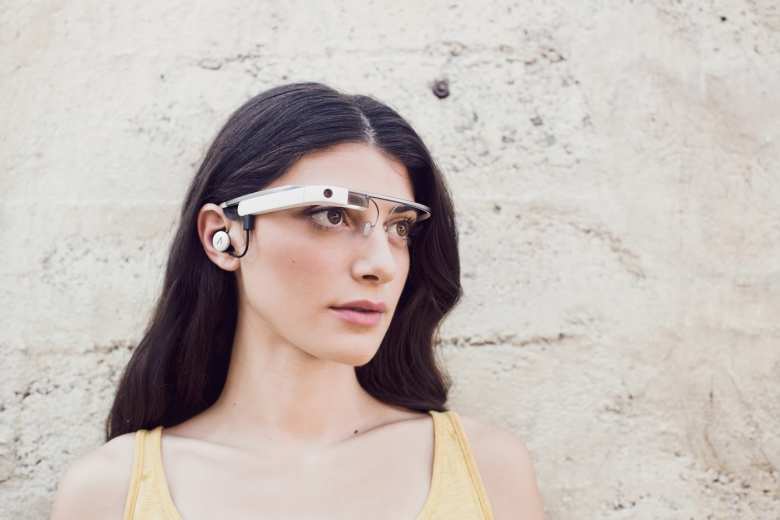

But Facebook also appears to be trying to distance itself from its own scandal-plagued heritage by partnering with Ray-Ban. “By branding them as a Ray-Ban product rather than a Facebook one, with a classic style rather than a high-tech look, and with the ability to upload them to many different social media platforms, the company is trying to sell us the concept of smart glasses in general, rather than Facebook glasses,” argue Ben Egliston and Marcus Carter, PhDs in research and digital culture in an article published in The Conversation.
It is also evident that this proposal It is far from causing the ‘Robocop effect’ that Google glasses seemed to cause.with his visor at the Vegetta. They are inserted into normality.
However, the doubt about their privacy is fundamental. Facebook has launched the product in Italywhere its authorities have already asked about its use. In Spain, legislation allows images to be recorded in public places as long as they are not uploaded to the network (the app that accompanies the glasses, Facebook View, saves the videos locally), or that we use them like any user who uploads a video. stories to Instagram of a street where there is no direct filming of someone without permission. Regarding its possible development with implementable facial recognition technologies, the Spanish Data Protection Agency has a clarifying document that would prevent its use.
To warn someone that a wearer of these glasses is recording, The Ray-Ban Stories feature a white pilot light that indicates that you are taking pictures. In response to a question from a reporter Buzzfeed who was able to test them and covered this pilot with a simple permanent marker, Facebook responded that the only answer it has is that if someone does that they would be violating the policy of use of the device. ¯_(ツ)_/¯
Facebook has published a privacy policy specific to its glasses that reads as follows regarding another concern, the use of data and its possible application for its advertising platform:
Ray-Ban Stories and Facebook View smart glasses are ad-free experiences, so you won’t see ads when you wear the glasses or the app. And we don’t use your photo and video content for personalized ads. If you share content with any other app, that app’s terms apply.
The second attempt at smart glasses
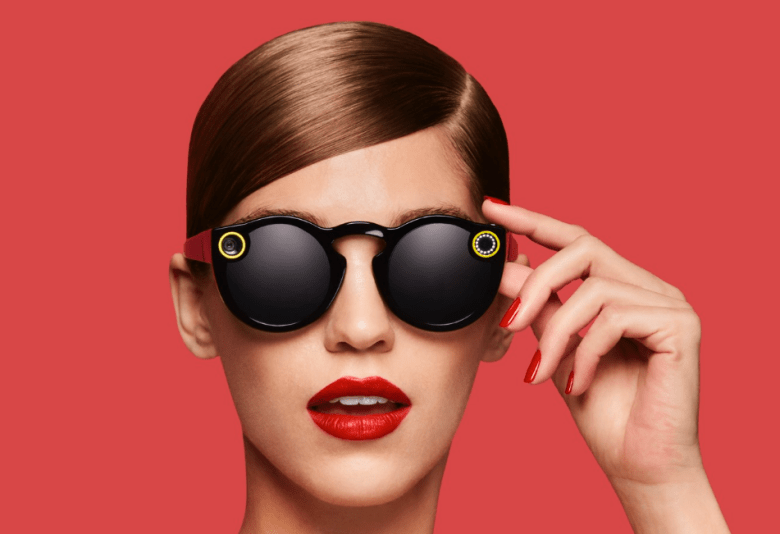

In any case, the renewed commitment to glasses that has been brewing for a few years seems to be starting to take off. touching ground in an obvious way, waiting to see what Apple finally does or does not doAnd with this we will know whether or not the circle opened by Google a decade ago is closed.
Smart glasses have been on the market since 2013, but most have been focused on business customers, with only a few still targeting consumers in a very early stage.
In 2013, Google released the first prototype of Google Glass to a select group of consumers before making it public in May 2014. With a retail price of $1,500the product was criticized for potential privacy issues related to its connected camera. In the end, it was one of Google’s few high-profile failures. Its consumer model was discontinued in 2015, and the company found a niche by developing a line for use in warehouses and industry.
This latest version aimed at the business community was launched in 2019, and is still being sold. Retailing for $999, the model comes equipped with voice-activated apps that can be managed from a mobile device.
More succinctly, Vuzix, a company that has been creating smart glasses products for a long time for business customers, this year introduced its first consumer-focused model with Wi-Fi connectivity and cameras. The company’s journey may indicate that there may be some inkling of the future of glasses. In 2015, Intel invested almost $25 million to obtain a 30% stake in the company.
Although without a vocation for us to take them down the street, Microsoft is also putting smart glasses at the service of the defense sectorFirst available to consumers in 2019, HoloLens glasses can overlay images and display computer programs. In 2019, the company won a $479 million contract to deploy 100,000 prototypes to the U.S. military in hopes of improving soldier effectiveness — a move that came under heavy criticism from its own employees.
In 2016, Snapchat made its foray into the smart glasses market with Spectaclesand wearable which allowed users to record videos to sync to their phones. Although it has not been a huge hit with consumers, the latest version offers 3D capabilities and sells for $380, a fraction of the price of its competitors.
And the price of most smart glasses is still high, even for the business side. Offering an affordable price for the consumer is one way to speed up deployment, And that’s where Facebook’s Ray-Bans can also be key.

